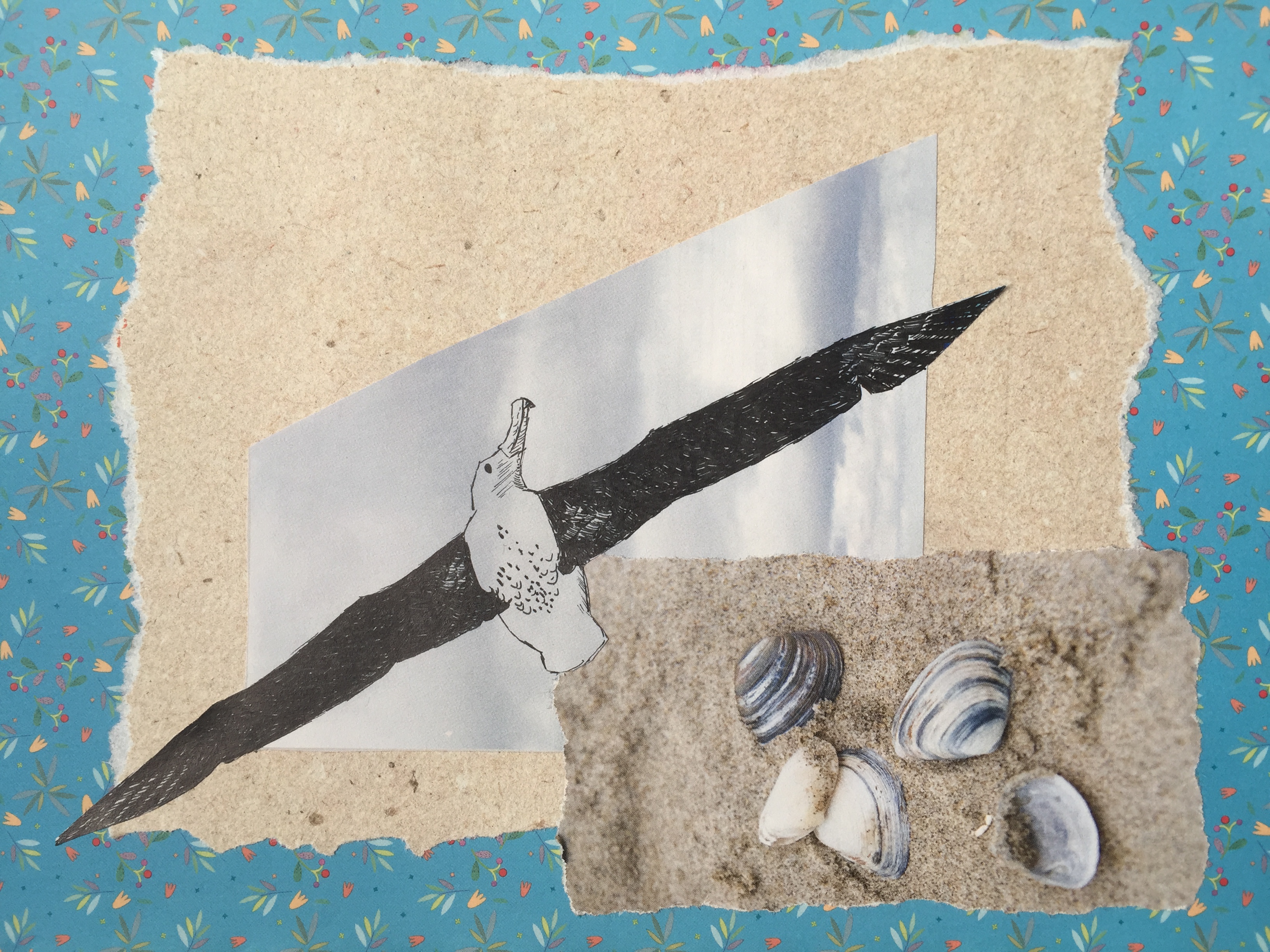Wandering Albatross by Grace Innemee
Florian Orgeret (Marine Apex Predator Research Unit, Nelson Mandela University, Port Elizabeth, South Africa) and colleagues have published in the Journal of Animal Ecology on tracking globally Vulnerable Wandering Albatrosses at sea from Marion and Possession Islands’
The paper’s abstract follows:
“Sexual competition is increasingly recognized as an important selective pressure driving species distributions. However, few studies have investigated the relative importance of inter- vs. intrapopulation competition in relation to habitat availability and selection.
To explain spatial segregation between sexes that often occurs in non-territorial and central place foragers, such as seabirds, two hypotheses are commonly used. The ‘competitive exclusion’ hypothesis states that dominant individuals should exclude subordinate individuals through direct competition whereas the ‘niche divergence’ hypothesis states that segregation occurs due to past competition and habitat specialization.
We tested these hypotheses in two populations of an extreme wide-ranging and sexually dimorphic seabird, investigating the relative role of intrapopulation and interpopulation competition in influencing sex specific distribution and habitat preferences.
Using GPS loggers, we tracked 192 wandering albatrosses Diomedea exulans during four consecutive years (2016-2019), from two neighbouring populations in the Southern Ocean (Prince Edward and Crozet archipelagos). We simulated pseudo-tracks to create a null spatial distribution and used Kernel Density Estimates (KDE) and Resource Selection Functions (RSF) to distinguish the relative importance of within vs. between population competition.
KDE showed that only intrapopulation sexual segregation was significant for each monitoring year, and that tracks between the two colonies resulted in greater overlap than expected from the null distribution, especially for the females. RSF confirmed these results and highlighted key at-sea foraging areas, even if the estimated of at-sea densities were extremely low. These differences in selected areas between sites and sexes were, however, associated with high interannual variability in habitat preferences, with no clear specific preferences per site and sex.
Our results suggest that even with low at-sea population densities, historic intrapopulation competition in wide-ranging seabirds may have led to sexual dimorphism and niche specialization, favouring the ‘niche divergence’ hypothesis. In this study, we provide a protocol to study competition within as well as between populations of central place foragers. This is relevant for understanding their distribution patterns and population regulation, which could potentially improve management of threatened populations.”
Reference:
Orgeret, F., Reisinger, R.R., Carpenter-Kling, T., Keys, D.Z., Corbeau, A., Bost, C.-A., Weirmerskirch, H. & Pistorius, P.A. 2021. Spatial segregation in a sexually-dimorphic central place forager: competitive exclusion or niche divergence? Journal of Animal Ecology doi.org/10.1111/1365-2656.13552.
John Cooper, ACAP Information Officer, 22 June 2021

 English
English  Français
Français  Español
Español 